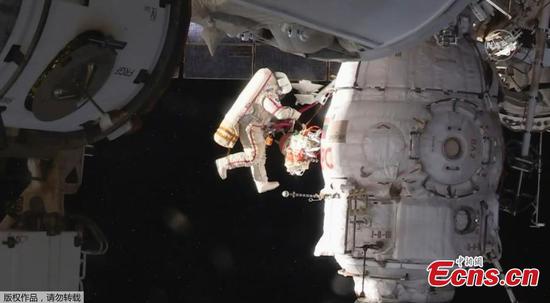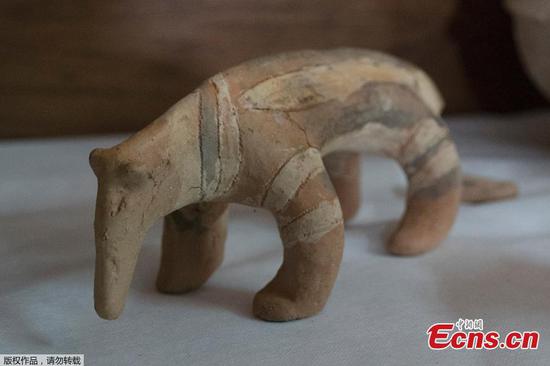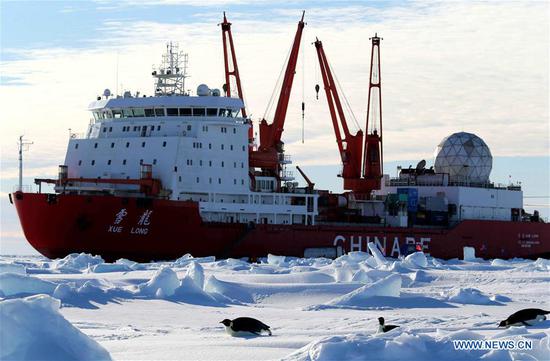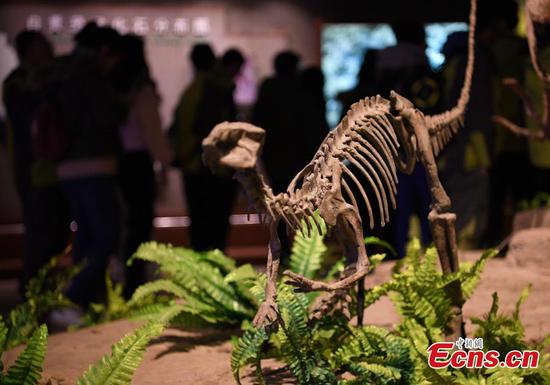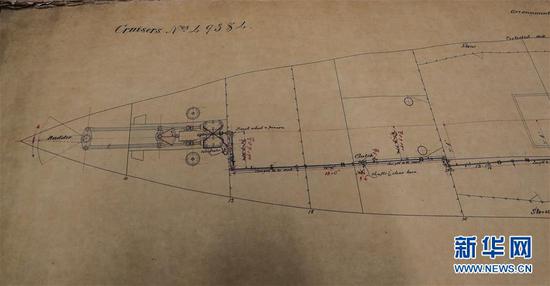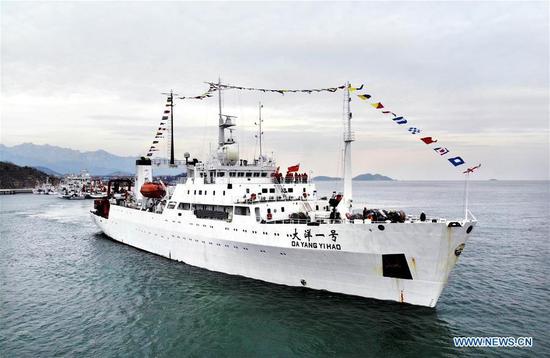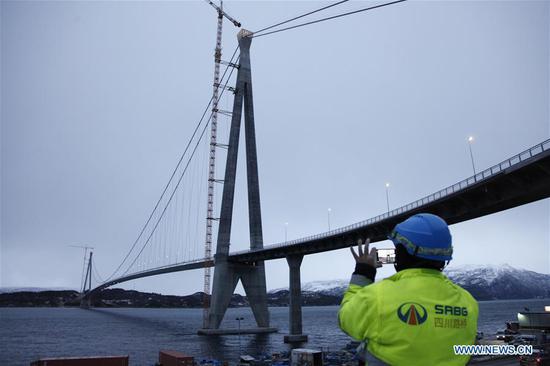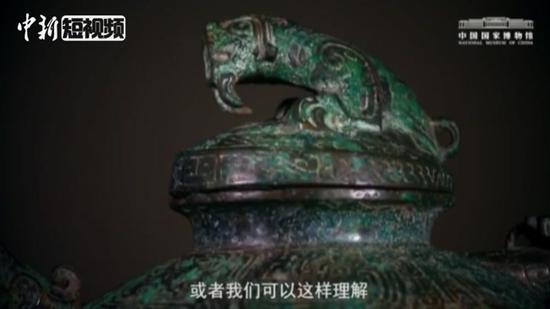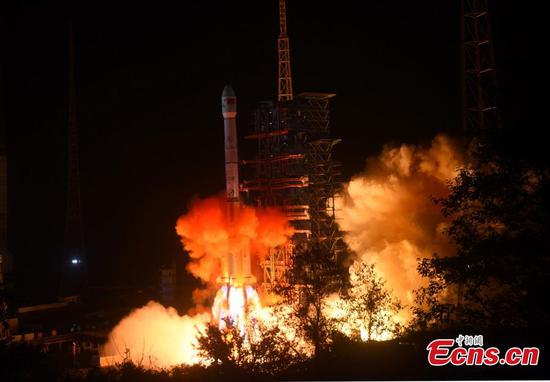
A Long March-3B rocket carrying the Chang'e-4 lunar probe blasts off from Xichang at 2:23 a.m. in the Xichang Satellite Launch Center in southwest China's Sichuan Province, Dec. 8, 2018. It opened a new chapter in China's lunar exploration. The probe is expected to make the first-ever soft landing on the far side of the moon. (Photo: China News Service/Sun Zifa)
China's Chang'e 4 robotic probe has approached the moon and entered lunar orbit, marking a major step in its mission to make a soft landing on the moon's far side.
The China National Space Administration said in a statement on Wednesday that Chang'e 4 entered an elliptical lunar orbit at least 100 kilometers above the surface at 4:45 pm on Wednesday after nearly 110 hours of flight. It lifted off early on Saturday.
The trajectory of the spacecraft was adjusted on Sunday to make sure it remains on the right track toward the silver sphere. It will remain in orbit for few days to adjust further to a suitable altitude and angle for its landing and also to perform in-orbit tests of the navigation sensors. It will also test its data links with the relay satellite, Queqiao, the statement said.
Chang'e 4, the first man-made object designed to touch down on the moon's far side, was lifted atop a Long March 3B carrier rocket early on Saturday at the Xichang Satellite Launch Center in Sichuan province to embark on mankind's first expedition to a lunar region that never faces Earth.
The spacecraft is expected to travel 26 days before reaching its destination: the moon's South Pole-Aitken basin, which is widely believed by scientists to be the largest and deepest basin in the solar system, the probe's developer China Aerospace Science and Technology Corp said. It predicted Jan 2 as the landing date.
Since the moon's revolution cycle is the same as its rotation cycle, the same side always faces the earth. The other face, most of which cannot be seen from earth, is called the far side or dark side, not because it's dark, but because most of it remains unknown.
Most of the far side of the moon is never visible from Earth. Though it has been extensively photographed by spacecraft, starting with a Soviet probe in 1959, no probe had ever made a soft-landing there, so scientists around the world have yet to be able to benefit from close observations and surveys.












